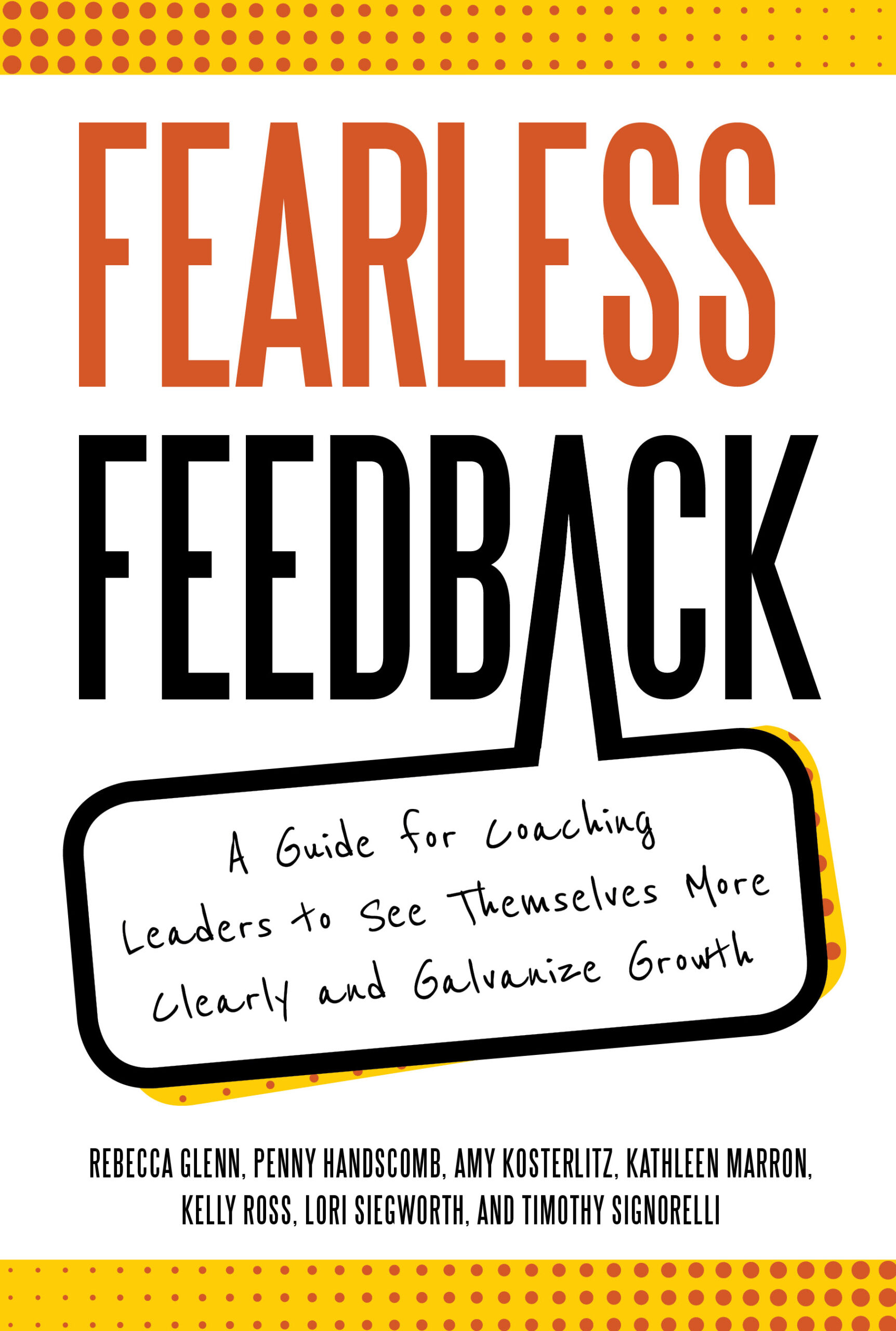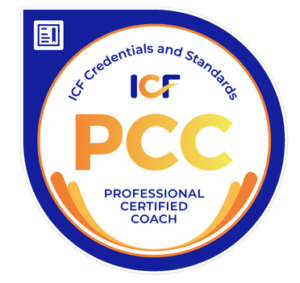I met with Sam*, one of my coaching clients, to discuss a 360 assessment she took as part of her MBA program. She is smart, ambitious, and at a point where she is reflecting on where she wants to go next in her career. As is sometimes the case with coaching clients, something other than the 360 assessment was top of mind for her during our conversation. She talked about an organization that had reached out to her about a job, though she had not been job hunting. We looked at what she had learned from the raters who completed the 360 surveys on her behalf, what her goals are and what brings her to graduate school now. She is getting bored in her current role and is not sure what will get her excited again. She is a “builder” and happiest when creating. She craves a challenging problem to dig into. She hadn’t been looking for a new job, yet as she talked about the potential new role she sat up straighter and spoke with more confidence than she had moments before. This is the magic of coaching, when a simple question has my client lighting up, like what is it about the potential role that has you pausing before saying no? Stepping back from the original conversation goal of reviewing 360 results, we built an action plan to help her explore the potential job opportunity. I suggested Sam create her must-have and no-way list as a first step.
Many of my coaching clients find it useful to write down what they are looking for both professionally and personally. This is helpful whether they are actively job hunting or not. I suggest considering both the professional and personal aspects of your life. Ask yourself:
- What do you do during your ideal day and week, professionally and personally?
- If you were to write the job description for a job you could not pass up, what would be included? Which of these are your must-haves?
- What are the no-ways, professionally and personally?
- What do you want to learn and develop, in the short and long term?
- What does life outside of work look like and how do things like commute, travel, and typical hours play into your must-have and no-way list?
- How do your values factor in?
How is this different from just making a pro and con list about the specific decision or job opportunity? Stepping away from the decision or opportunity in front of you and really thinking about where you are in your career and life and what you really want makes that must-have and no-way list more robust than simply looking at a given opportunity. As opportunities come your way and as you consider what is important to you, look at your must-have and no-way list to be sure decisions fit with your broader objectives.
After much thought and many conversations, Sam declined the opportunity. In one of our coaching conversations, she reflected on the value of stepping back to think about what is important to her now and what she does and does not want.
The must-have and no-way list is something I use with lots of coaching clients, not just those thinking about a job change. A client wanting to get promoted at her organization uses her list to help her talk about why the potential role is a fit. Another client, creating her plan to launch her own business, is using her list to shape the business she will launch.
* Name changed






